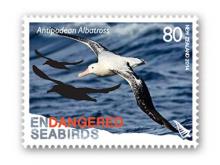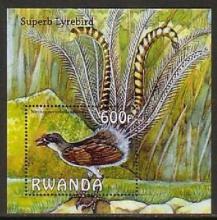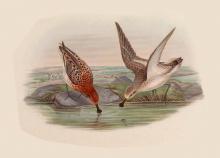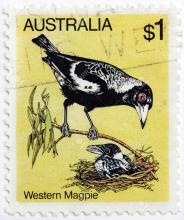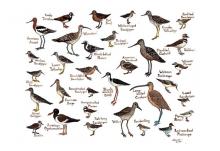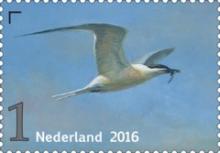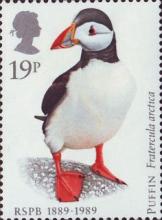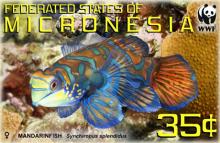Dramatic decline of Puerto Rico’s shorebirds
- Read more about Dramatic decline of Puerto Rico’s shorebirds
- Log in to post comments
North American shorebirds have declined significantly over the past several decades. As a result, ornithologists have carried out numerous studies to identify key habitat for preservation and develop conservation strategies. Most of this research has been conducted on northern breeding grounds or on wintering grounds in South America, but there have been few studies in the Caribbean.


